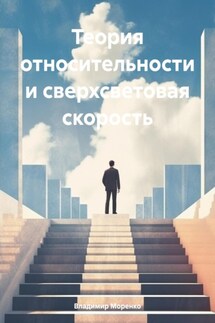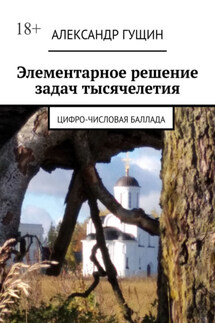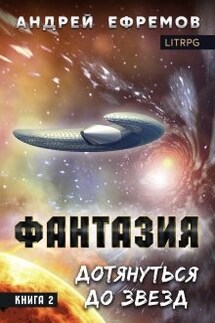All sciences. №9, 2023. International Scientific Journal - страница 7
Annotation. The theory of wave-particle dualism is well-known today, along with many other theories aimed at explaining various types of phenomena. However, it is worth noting that until recently, the method of explaining the phenomena of wave-particle dualism in a more visual form, which appeared from Jung’s experiment, was questioned. The present study is aimed at presenting this model.
Keywords: particle-wave dualism, wave, particle-corpuscle, wave function, probability distribution, potential well, two-slit experiment.
Аннотация. Теория корпускулярно-волнового дуализма сегодня является общеизвестной, наряду с многими другими теориями, направленные на объяснение различных типов явлений. Однако, стоит отметить, что до последнего времени ставилось под вопрос метод объяснения в более наглядной форме явлений корпускулярно-волнового дуализма, появившаяся из эксперимента Юнга. На представление этой модели и направлено настоящее исследование.
Ключевые слова: корпускулярно-волновой дуализм, волна, частица-корпускула, волновая функция, вероятностное распределение, потенциальная яма, эксперимент с двумя щелями.
The so-called two-slit experiment is widely known, in which a stream of corpuscle particles was directed, as originally assumed, towards a plate with two thin slits, and a screen was located behind it. It was logical that after directing the flow of particles, initially photons from coherent laser radiation, two bands should have been observed on the screen, but instead the so-called interference pattern was observed on the screen. It consisted of a large number of bands with different sizes and brightness, while the maximum was determined in the middle.
Such a picture could only be obtained if the particle behaved like a wave, then it could form with itself and at the moments of opposite peaks extinguish each other, forming dark areas and in reverse positive moments, on the contrary, reinforcing each other, creating the above – described bands.
However, the corpuscular properties of particles are also highlighted, for example, in experiments with the photoelectric effect, it is the corpuscular nature of particles that acts. Based on the above, we had to conclude that particles are both waves and corpuscles, but how could this happen when it contradicted itself? In the quantum world, this was a reality, but for the macrocosm it still remained a mystery until the so-called dense «walking droplets» were used as an explanation.
This effect is formed when a medium-density liquid, for example oil, begins to vibrate and during the interaction of the liquid surface with a pointed object, it begins to divide into droplets, which immediately have to connect with the liquid, but this does not happen due to vibrations and they literally jump on the surface. Each of these drops is held under the influence of vibration, but moreover, such drops have the property of moving, because under the influence of vibrations they create standing waves that propagate across the surface, however, during the interaction of the drop with it, it begins to change its direction, which is why the effect of the movement of the drop is formed.
The present explanation can be applied to Jung’s experiment by directing the droplets towards two slits. It is worth clarifying before this that the drop itself expresses in this case a corpuscle-particle, when vibrations are the probabilistic nature of the existence of quantum objects – the particles under study in the person of photons, electrons, ions and others. When a particle begins to move towards the slit, its wave, which begins to oscillate at the level of spacetime, due to the vibrational nature of the particle – the variable probability of its being at a specific point, since its movement is discrete, according to the tunneling effect, begins to interact with the particle itself.






